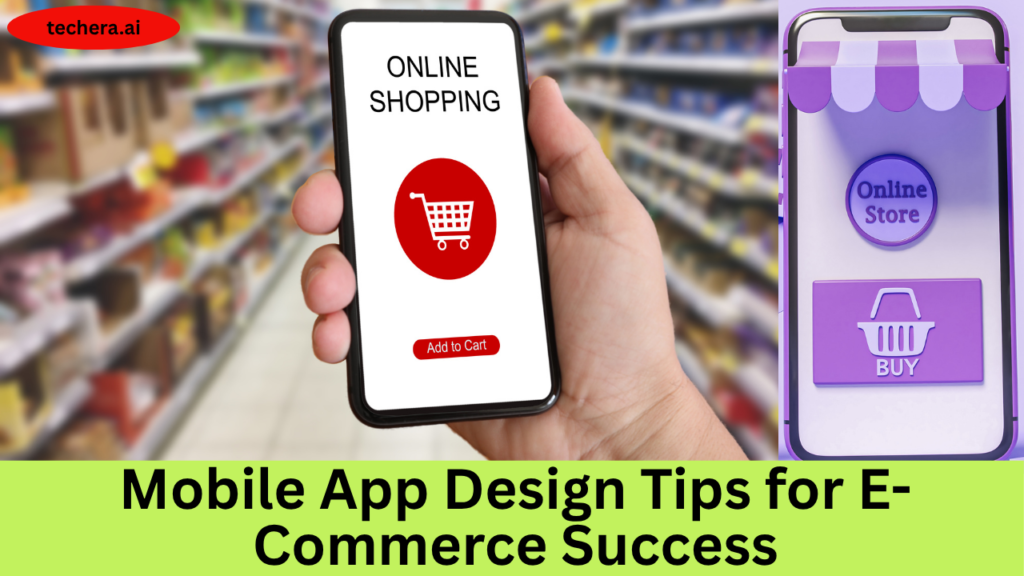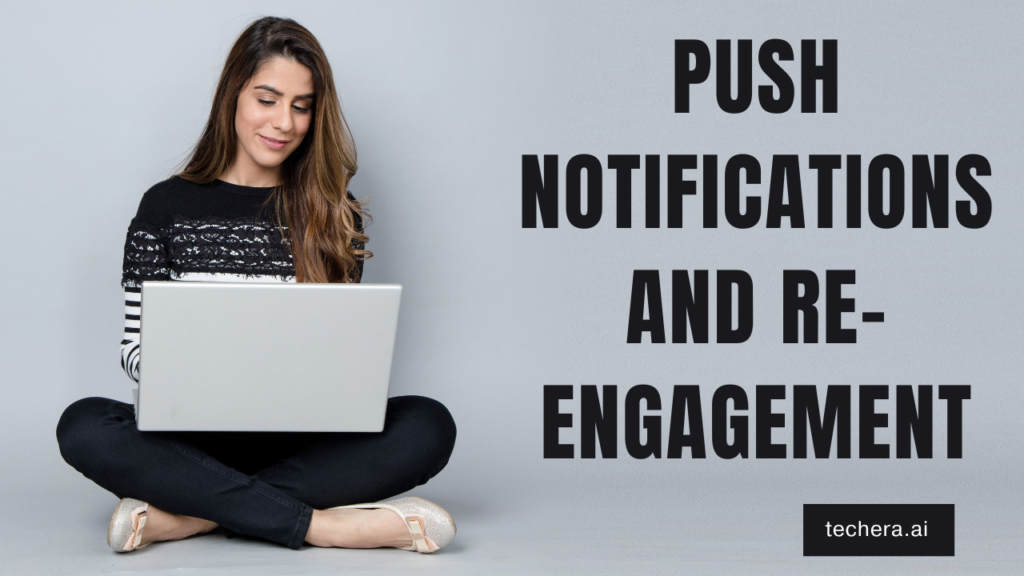
Discover essential Mobile App Design tips to boost your e-commerce success. From intuitive navigation to responsive layouts, this guide covers the key design strategies that enhance user experience and drive conversions.
Introduction
Why Mobile App Design Matters in E-Commerce
Mobile app design is your shop in the fast-paced world of e-commerce, not merely a tool. And just like a messy shop turns customers away, a poor app design can kill your conversion rate. The better your design, the easier it is for users to shop, trust, and buy.
First Impressions Lead to Sales or Drop-Offs
Your Mobile app design decides whether a visitor becomes a customer—or bounces before even browsing. It’s not just about looking good; it’s about guiding users from scroll to checkout smoothly.
Understand Your Target Users
Define Buyer Personas
Start by knowing who you’re designing for. Millennials? Moms? Tech lovers?
Create detailed personas to design around their needs and habits.
Cater Design to User Behavior and Demographics
Design isn’t one-size-fits-all. For example, older users may prefer larger fonts and clearer buttons, while Gen Z loves fast, visual interactions.
Prioritize a Seamless User Experience (UX)
Keep Navigation Intuitive
Your users shouldn’t need a manual. Use clear menus, breadcrumbs, and tabs so users always know where they are.
Reduce Friction in the Shopping Journey
The chance of losing a client rises with each useless action.
Every tap, from the home screen to the checkout, should have a purpose.
Optimize for Mobile-First Performance

Fast Load Times are Non-Negotiable
Slow apps = lost customers.
Use lazy loading, compress images, and optimize backend APIs to keep everything blazing fast.
Responsive Design Across Devices
Phones come in all shapes and sizes. Make sure your software works well on all devices, from the newest iPhone Pro Max to a small Android phone.
Smart Product Discovery
Use Advanced Search and Filtering Options
Users want what they want—fast.
Autocomplete, filters, categories, and sorting options are must-haves.
Also Read : The Role of Mobile App Design in Building Trust with Users
Implement Smart Recommendations
Let AI do the work.
Showcase related products, “you may also like,” and trending items to increase order size.
Visual Hierarchy for Product Listings
High-Quality Images Sell
A picture is worth a thousand taps.
Use multiple, zoomable, high-res images for every product.
Typography and Color to Highlight Key Actions
Make your “Add to Cart” and “Buy Now” buttons pop.
Color contrast, bold text, and size matter.
One-Click Add-to-Cart and Checkout
Reduce the Steps to Purchase
Keep the checkout process lean.
Auto-fill info, allow card-saving, and integrate with mobile wallets like Google Pay and Apple Pay.
Offer Guest Checkout Options
Not everyone wants to create an account.
Allow purchases without registration to reduce cart abandonment.
Use of Microinteractions and Animations
Improve User Feedback
Let users know their tap worked.
To reassure and entertain, use small animations, such as a checkmark ticking or a cart indicator bouncing.
Make Interactions Delightful
Subtle transitions and motion effects make using your app feel premium.
But remember: don’t overdo it—speed is still king.
Trust-Building Elements in Design
Display Reviews and Ratings Clearly
Social proof boosts confidence.
Place user reviews where shoppers can see them—ideally right under the product info.
Secure Icons and Payment Assurance
Visibly display badges like “SSL Secure,” “Money-Back Guarantee,” and trusted payment gateways to increase trust.
Personalization and Dynamic Content
Personalized Offers and Layouts
Display content to returning users based on their past browsing activity.
Personalization makes users feel valued and drives conversions.
Geo-Targeting and Time-Based Promos
To create urgency, offer location-specific discounts or flash sales. It all comes down to presenting the ideal offer to the ideal individual at the ideal moment.
Push Notifications and Re-engagement

Smart Design for Alerts
Design your notifications like mini-ads:
Use rich visuals, emojis, and clear CTAs.
Avoid Notification Fatigue
Don’t overdo it.
Let users customize their notification preferences to avoid turning them off completely.
User-Friendly Shopping Cart Design
Easy to View and Edit Items
Make the cart editable with just a tap.
Add quantity controls, remove options, and update prices in real time.
Show Delivery Estimates and Costs Clearly
No surprises at checkout.
Clearly display shipping fees, delivery times, and applicable taxes.
Streamlined Account Management
Simple Signup/Login Options
Offer multiple login methods (email, social, OTP) and support auto-fill options for a smooth experience.
Easy Order Tracking and History
Make it easy for users to track packages, view past orders, and reorder with one click.
Accessibility and Inclusivity
Font Sizes, Color Contrast, and Screen Reader Compatibility
Design for everyone. Use WCAG guidelines to make your app accessible to all users, including those with disabilities.
Catering to All User Abilities
Add voice support, alt text for images, and keyboard navigation where possible. Inclusive design = loyal customers.
Measure and Improve with Analytics
Monitor Funnel Drop-Off Points
Track where users abandon their carts or stop interacting.
Use this data to fix weak spots in your design.
A/B Test Design Changes
Test different layouts, colors, and CTAs.
Let your users decide what works best.
Conclusion
Your e-commerce mobile app design is more than pixels—it’s the heart of your customer’s shopping journey. By putting usability, trust, and speed first, you can create an app experience that converts casual browsers into loyal buyers. Remember, the design doesn’t need to be flashy—it needs to be functional, fast, and focused on the user.
Frequently Asked Question
Q. What are the most important features of an e-commerce app design?
A. Intuitive navigation, fast checkout, high-quality visuals, secure payment options, and product discovery tools.
Q. How can I increase the conversion rate of my mobile app?
A. Simplify checkout, reduce page load times, use smart CTAs, and personalize the user experience.
Q. Is minimalist design better for e-commerce apps?
A. Yes, especially when it improves clarity and usability. But make sure it doesn’t sacrifice necessary features.
Q. How frequently should I change the UI/UX of my app?
A. Monitor performance regularly and update every 6–12 months or sooner if user feedback suggests issues.
Q. What role do visuals play in e-commerce app success?
A. Visuals are everything. Clear images, engaging animations, and a strong visual hierarchy build trust and drive action.

